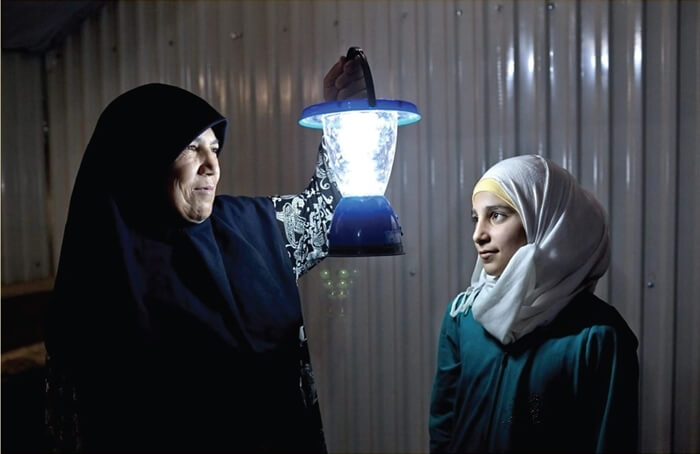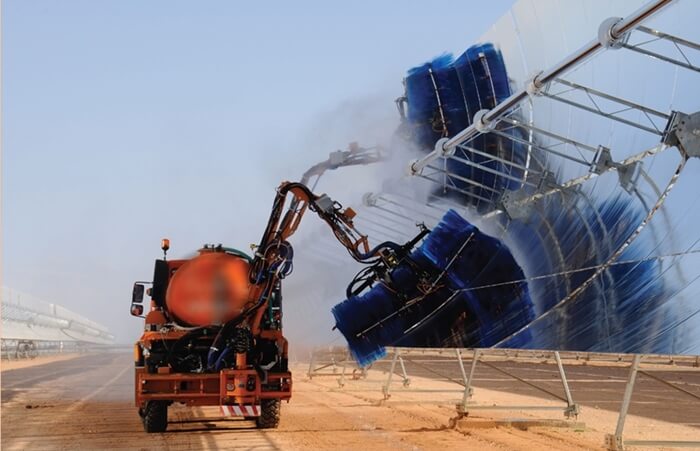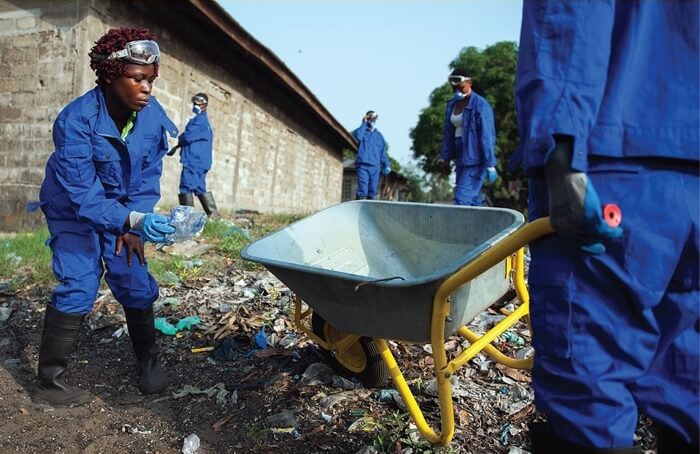Excerpt from Inside Climate News
Athens—Tasos Dimalexis and his colleagues from the Hellenic Ornithological Society had spent days scouring the rocky promontory on the remote Greek island of Tilos.
They were seeking a suitable site for a 55-meter high wind turbine—one that would be least likely to disturb several pairs of rare Bonelli’s eagles that nest there every spring.
“We did a lot of scrambling on the cliffs to find a place for the platform,” he says. “But it worked out . . . The birds are still coming back!”
The brown-and-white eagles became regular visitors after Tilos banned hunting in the late 1980s, the first Aegean island to do so. Inspired, the residents took a collective decision to transform the island into a “green” conservation zone for plants and wildlife.
Tilos is now the first island in southern Europe to build a hybrid power station with battery storage, which could become an example for other isolated communities looking to go green. Islands have long been centers of experimentation for new energy technologies, because they usually lack fossil fuel resources. The Orkney Islands off Scotland are powered by wind and tidal energy, while the nation of Fiji is building the largest solar farm in the Pacific Islands.
Dimalexis, a nature conservation consultant, was asked to find the turbine site as part of a €15 million (about $18 million) clean energy project for Tilos, developed by engineers at the University of West Attica in Psachna, Greece, (UNIWA) with funding from the EU.
The turbine, which was installed in 2017, now produces about three- quarters of the island’s energy in summer and a surplus in the winter months. The UNIWA team has also built a free charging station for hybrid vehicles.

Island Innovation is a social enterprise and digital media company at the intersection of sustainable development and communications, offering specialised services across various sectors. We bring together the private sector, government, utilities, NGOs and universities to advance innovation for sustainability and prosperity in islands worldwide.















